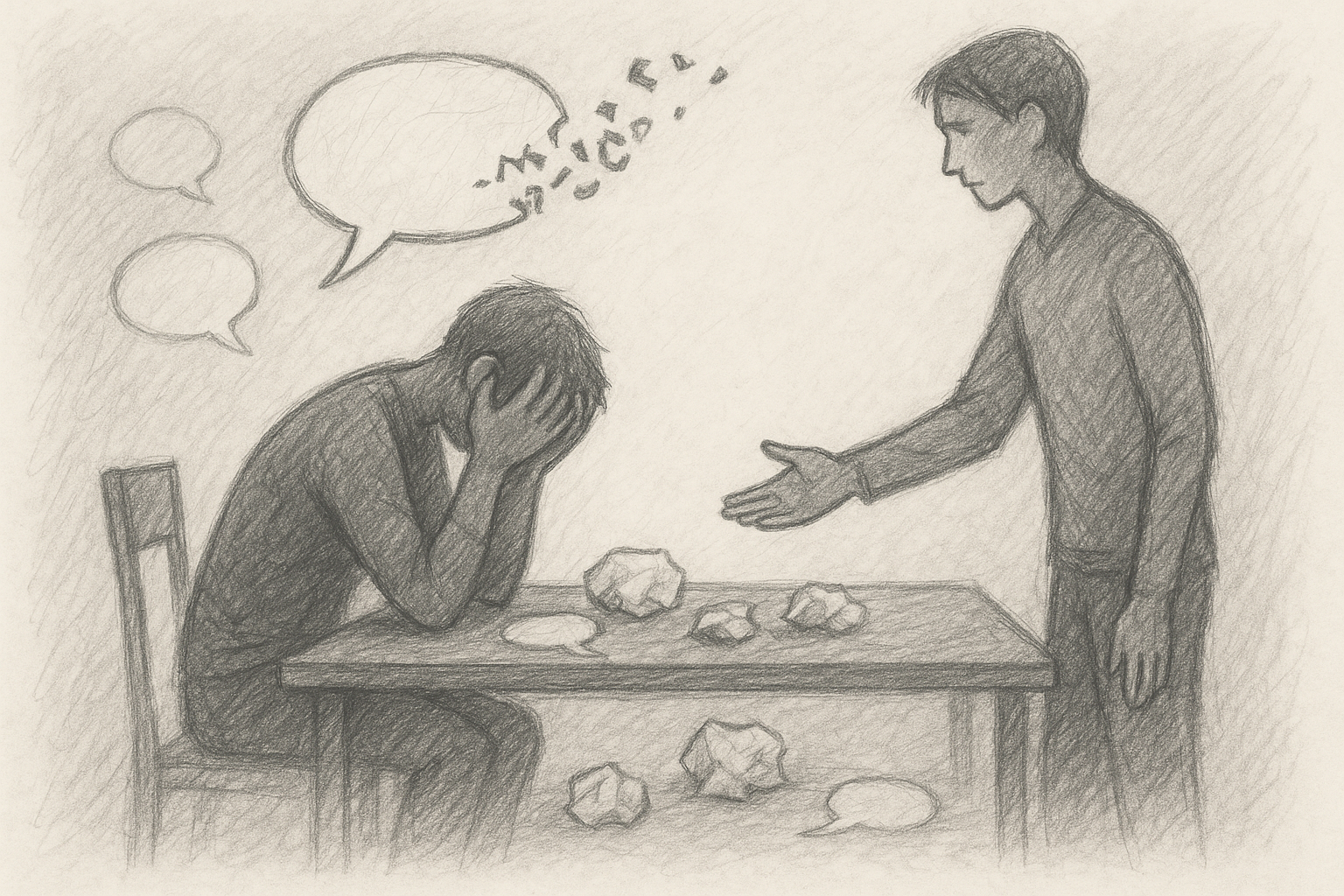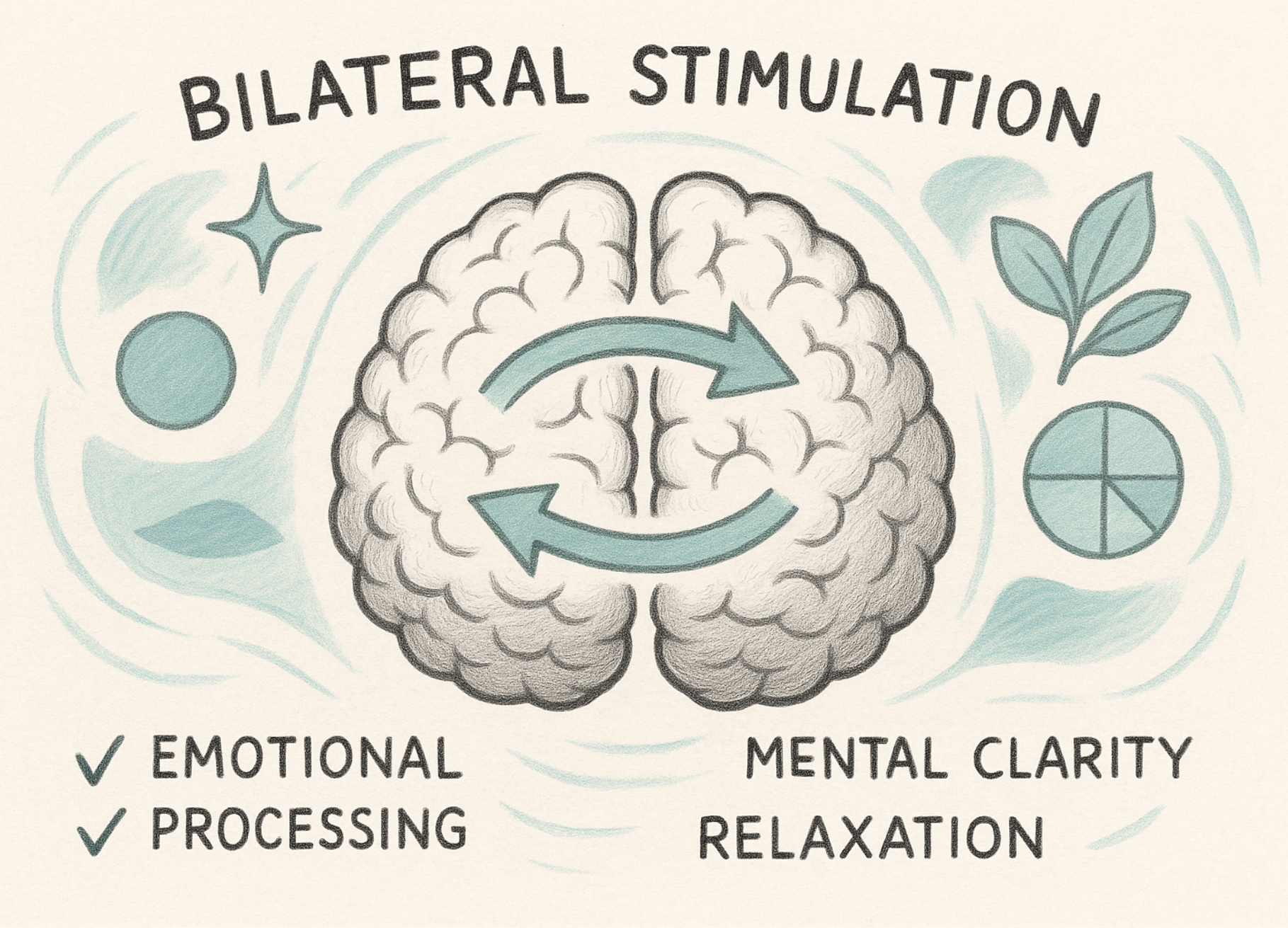
Introduction:
Post-traumatic stress disorder presents significant challenges in therapeutic settings, often defying conventional treatments like talk therapy. For individuals with PTSD, verbalizing traumatic events can sometimes exacerbate symptoms by reactivating distress without addressing the underlying physiological responses. In contrast, bottom-up therapies, which focus on sensory and physical experiences, provide a promising alternative by targeting the body’s natural healing processes.
Limitations of Talk Therapy:
Talk therapy primarily employs top-down processing, relying on cognitive engagement to reinterpret traumatic memories. However, PTSD often involves disruptions in the brain’s information processing systems, particularly affecting areas responsible for language and executive function (Van der Kolk, 2014). This disruption means that simply talking about trauma may not effectively reach or heal the neural pathways impacted by PTSD.
In some cases, the very act of verbal recount may trigger heightened arousal or dissociation, leaving patients feeling retraumatized rather than relieved (Briere & Scott, 2015).
The Promise of Bottom-Up Therapies:
Bottom-up therapies, such as art therapy, focus on bodily sensations and non-verbal expression, engaging the brain from a sensory rather than cognitive level. These therapies prioritize immediate, experiential processes over abstract reasoning.
1. Neurological Engagement: Art therapy activates regions of the brain involved in sensory integration and emotional processing, potentially facilitating changes in neural connectivity disrupted by trauma (Lusebrink, 2004).
2. Somatic Regulation: Engaging in art-making can help regulate the autonomic nervous system, promoting relaxation and reducing hyperarousal—a common symptom of PTSD (Malchiodi, 2020).
3. Emotional Expression: Art therapy allows individuals to express traumatic memories visually, bypassing verbal blocks and enabling the externalization of internal experiences (Hass-Cohen & Carr, 2008).
4. Empowerment and Control: Creating art provides a sense of agency, empowering individuals to shape their narratives in a safe and controlled environment (Allen, 1995).
Conclusion:
When traditional talk therapy falls short, bottom-up approaches like art therapy offer a compelling alternative for treating PTSD. By addressing the sensory and embodied nature of trauma, these therapies facilitate healing through direct engagement with the body’s natural processes. For those seeking to explore this path, it is essential to recognize that each stroke of color or form created is a step towards reclaiming one’s story and fostering recovery.
References:
– Allen, P. B. (1995). Art is a way of knowing. Shambhala Publications.
– Briere, J., & Scott, C. (2015). Principles of trauma therapy: A guide to symptoms, evaluation, and treatment. SAGE Publications.
– Hass-Cohen, N., & Carr, R. (2008). Art therapy and clinical neuroscience. Jessica Kingsley Publishers.
– Lusebrink, V. B. (2004). Art therapy and the brain: An attempt to understand the underlying processes of art expression in therapy. Art Therapy, 21(3), 125-135.
– Malchiodi, C. A. (2020). Trauma and expressive arts therapy: Brain, body, and imagination in the healing process. Guilford Press.
– Van der Kolk, B. A. (2014). The body keeps the score: Brain, mind, and body in the healing of trauma. Viking.
By intertwining artistic exploration with therapeutic practice, we open new doors to understanding and healing the profound impacts of trauma.



Leave a Reply